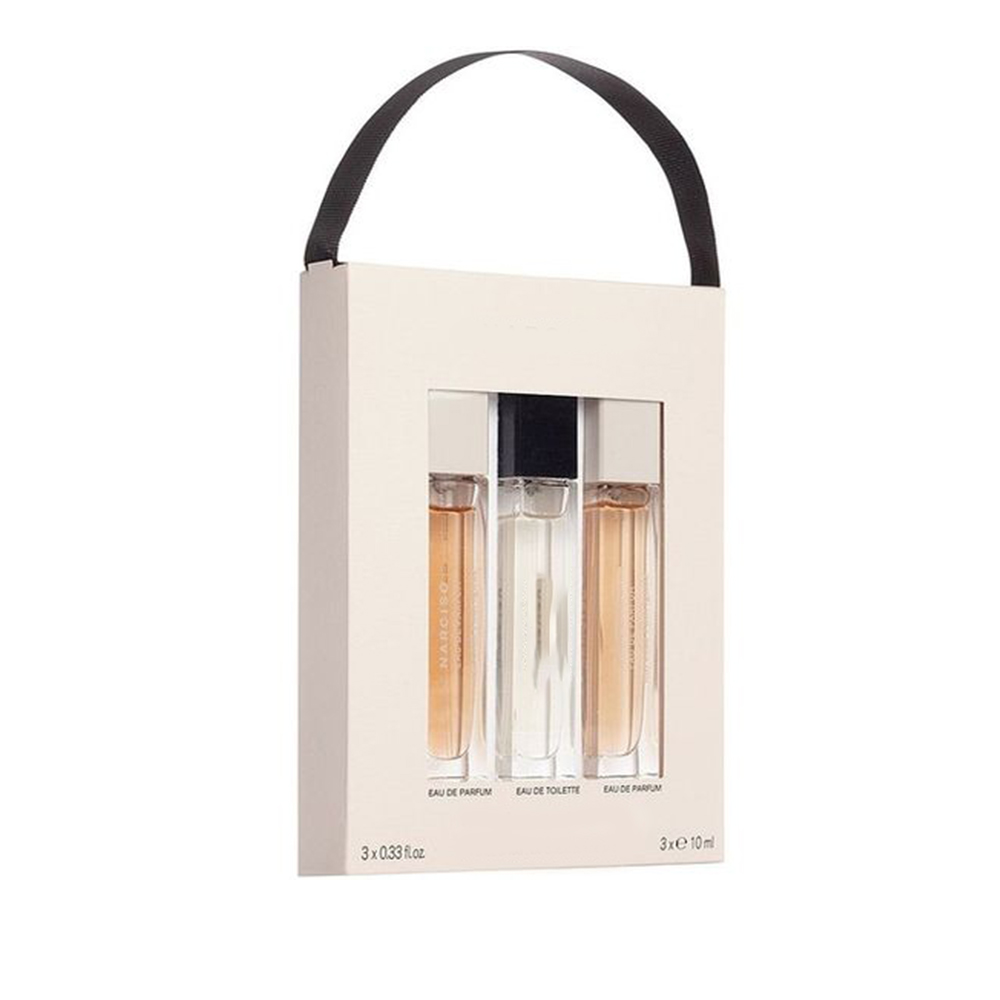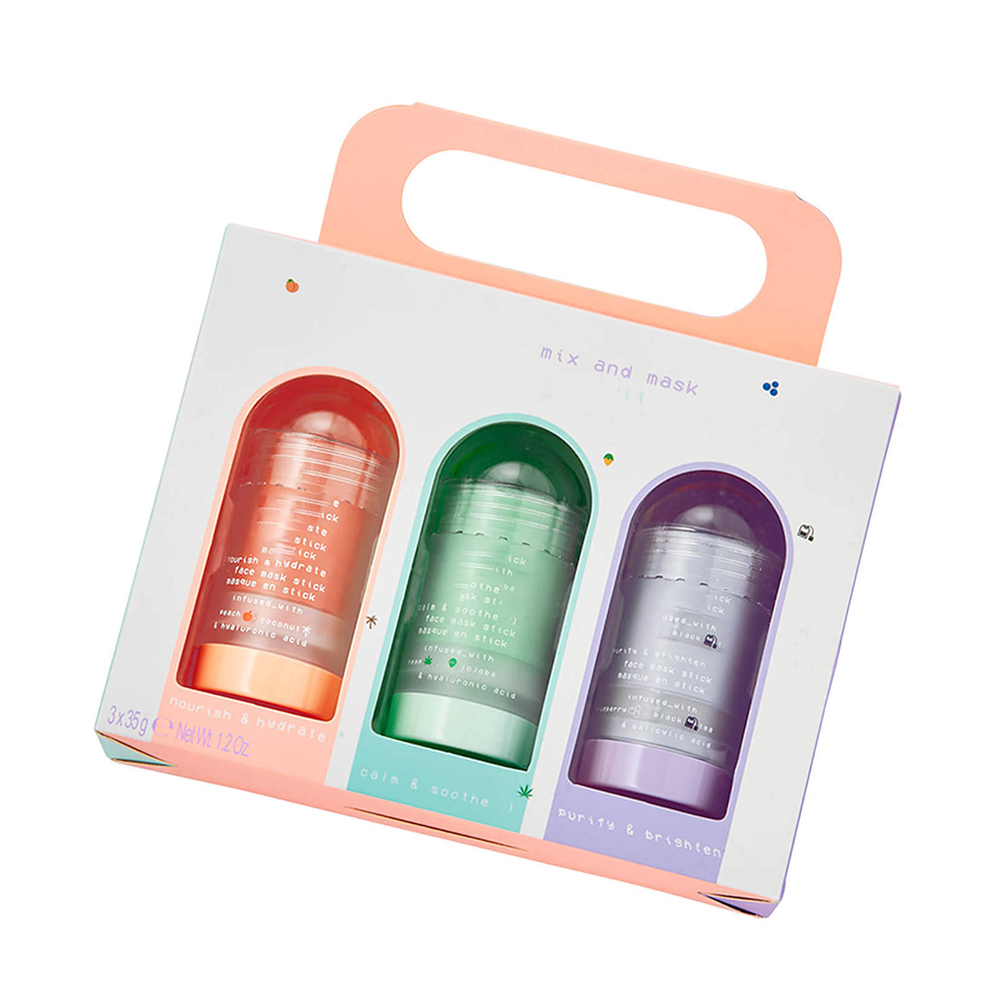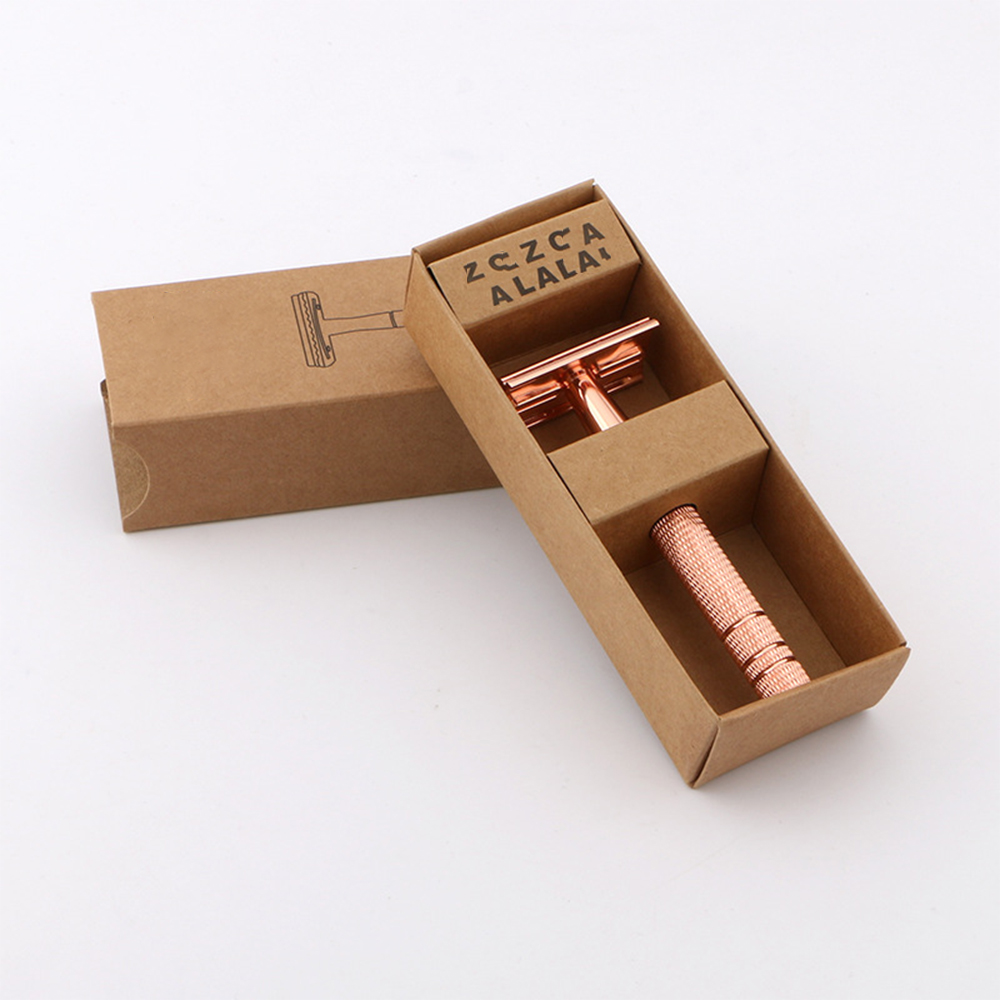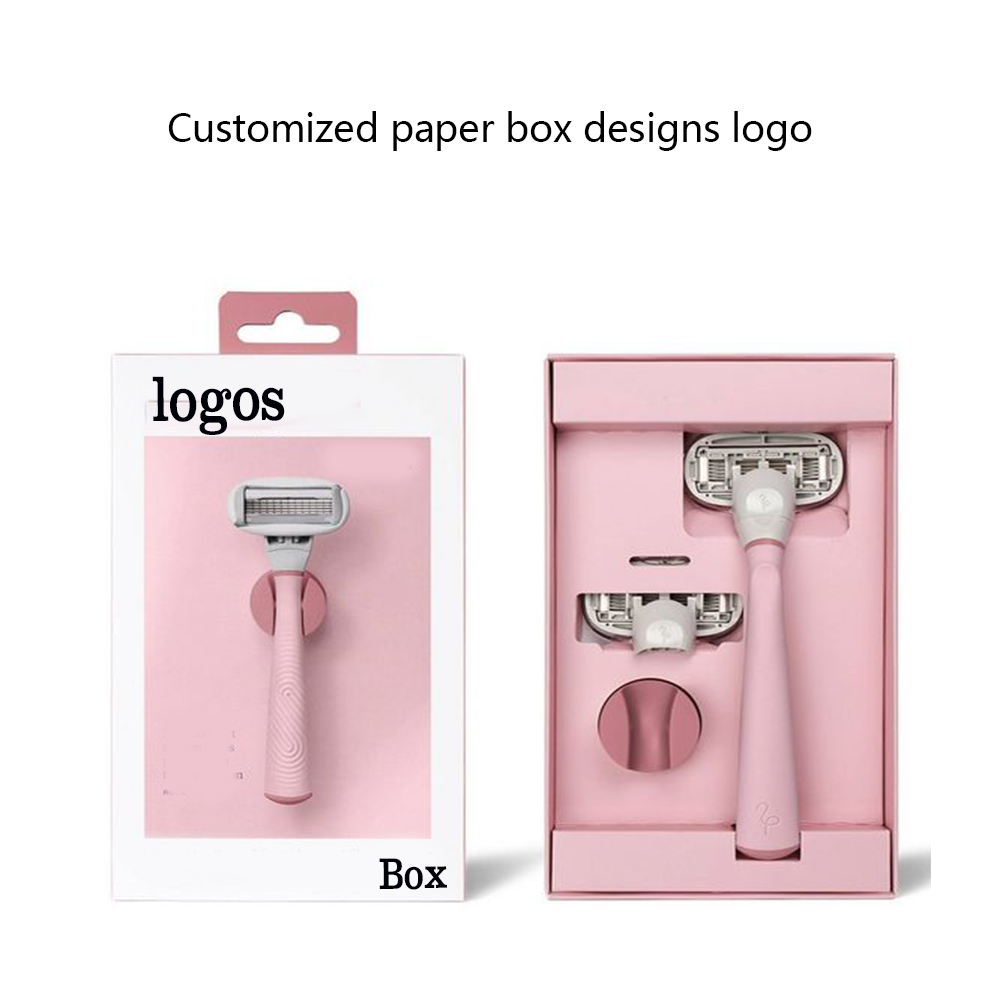News
The art of packaging design has evolved into a sophisticated form of cultural storytelling. In the realm of candle gift box packaging for aromatherapy, design does not merely serve the purpose of protection and presentation. Instead, it acts as a silent ambassador of cultural aesthetics, translating local traditions into universal visual languages. As the aromatherapy market becomes increasingly globalized, brands are discovering that cultural authenticity often holds the key to emotional connection and long-term brand value.
1. The Relationship Between Culture and Packaging Design
Packaging has always reflected the values of the society that produces it. In aromatherapy candle packaging, designers frequently draw inspiration from regional art, architecture, and symbolism. For example, minimalism in Scandinavian packaging represents calm and simplicity, aligning perfectly with the soothing effects of candles. In contrast, Eastern designs often emphasize balance, harmony, and nature, drawing from elements like bamboo, lotus, or calligraphy. These aesthetics are not arbitrary; they mirror centuries of philosophical influence that shape how people perceive relaxation and wellness.
Moreover, cultural aesthetics also determine how consumers interpret product value. In many Western cultures, white space and neutral colors convey luxury and purity. However, in Middle Eastern or South Asian markets, ornate patterns, metallic accents, and deep hues such as gold and burgundy often suggest opulence and prestige. Thus, understanding cultural semiotics becomes essential for designing packaging that resonates emotionally with diverse global audiences.
2. Local Inspiration as a Global Differentiator
The most successful brands do not design packaging in isolation. Instead, they merge local inspiration with global appeal. Aromatherapy brands that integrate subtle references to their origins—such as regional motifs or native materials—create packaging that feels both authentic and sophisticated. For example, a French brand may highlight artisanal craftsmanship through embossed textures, while a Japanese label may feature hand-painted cherry blossoms to evoke seasonal sensitivity.
This design philosophy bridges the local and global divide. In doing so, it not only elevates visual storytelling but also enhances brand memorability in competitive markets. When consumers encounter packaging that carries cultural meaning, they perceive it as genuine and refined. This connection often leads to higher engagement and repeat purchases, proving that cultural design is not just aesthetic—it’s strategic.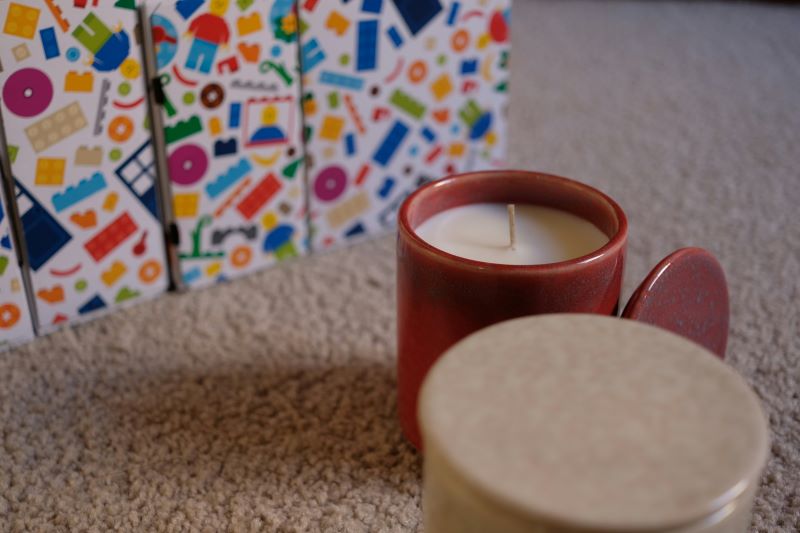
3. Symbolism and Emotional Resonance in Aromatherapy Packaging
Aromatherapy candles are inherently tied to emotion and atmosphere. Therefore, candle gift box packaging for aromatherapy must evoke tranquility and mindfulness even before the candle is lit. Cultural elements play a key role in achieving this. For instance, mandala-inspired patterns may appeal to spirituality-conscious consumers, while Celtic knots symbolize eternity and balance.
Designers must carefully select such motifs to maintain harmony between form and function. Overly literal designs may appear clichéd, while abstract references can intrigue and engage the viewer. The use of traditional materials such as textured kraft paper or handmade fiber reinforces a sense of authenticity, while modern finishes like metallic foils add a layer of sophistication suitable for the luxury segment.
Color psychology also differs across cultures. In Western markets, soft pastels and white often signal serenity and wellness. However, in Asian cultures, red conveys vitality and good fortune, making it a popular choice for festive or gift-oriented packaging. Understanding these associations allows designers to tailor candle gift boxes that appeal to both emotional and cultural sensibilities.
4. Sustainability as a Shared Cultural Value
While cultural symbolism varies, sustainability has become a unifying global aesthetic. Consumers worldwide now value packaging that aligns with environmental ethics. Brands producing candle gift box packaging for aromatherapy increasingly choose recyclable paper, biodegradable coatings, and soy-based inks. This shift not only reduces ecological impact but also resonates with modern consumers’ desire for mindful consumption.
Interestingly, many cultures already possess sustainable traditions that can inspire eco-conscious packaging. For instance, Japanese “wabi-sabi” design embraces imperfection and natural materials, while Scandinavian design promotes functionality and minimal waste. By incorporating such philosophies, brands can express environmental responsibility through culturally inspired elegance, merging tradition with innovation.
5. The Influence of Globalization on Cultural Design Exchange
Globalization has transformed packaging design into a cross-cultural dialogue. As aromatherapy brands expand into international markets, they face the challenge of maintaining cultural authenticity while appealing to global sensibilities. The answer lies in adaptable design systems.
Brands now create modular visual identities—where certain elements like logo placement or typography remain consistent, while cultural motifs shift according to the target region. This strategy ensures global coherence without diluting local relevance. For example, a global aromatherapy brand may retain its clean minimal layout but vary the decorative patterns or color palette to reflect cultural tastes in Asia, Europe, or the Middle East.
In this way, packaging design becomes a tool for cultural diplomacy, promoting appreciation of diversity through visual storytelling.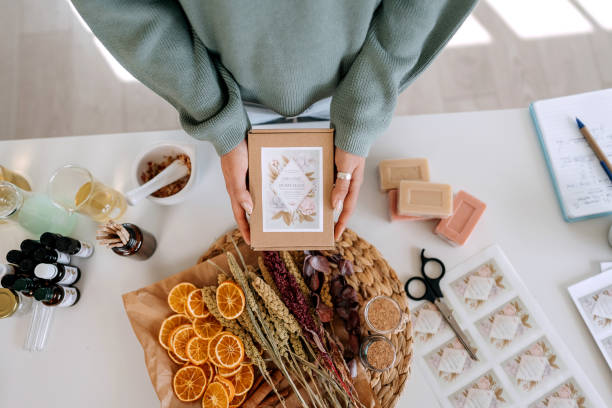
6. Craftsmanship and Material Innovation
The tactile experience of candle packaging contributes significantly to its perceived value. Premium materials such as rigid cardboard, textured linen paper, and magnetic closure structures enhance the sense of exclusivity. For luxury candle brands, craftsmanship is integral to storytelling—each box becomes an object of art, not just a container.
Local artisanship also enriches the narrative. For instance, handmade embossing or foil stamping inspired by regional craftsmanship connects modern packaging technology with traditional artistry. The fusion of manual and mechanical processes exemplifies how candle gift box packaging for aromatherapy can embody both precision and soul.
7. Conclusion: Merging Cultural Roots with Global Aspirations
Cultural aesthetics in candle packaging represent more than decoration—they are the essence of identity, emotion, and brand integrity. As aromatherapy continues to bridge wellness and luxury, the role of culturally inspired packaging becomes increasingly vital. Brands that master the balance between local heritage and universal appeal stand out in crowded markets.
Ultimately, design grounded in cultural understanding does not limit creativity; it amplifies it. By transforming cultural symbols into timeless design language, candle gift box packaging for aromatherapy can connect with consumers on a deeper level—bridging continents, traditions, and emotions through the beauty of thoughtful design.

